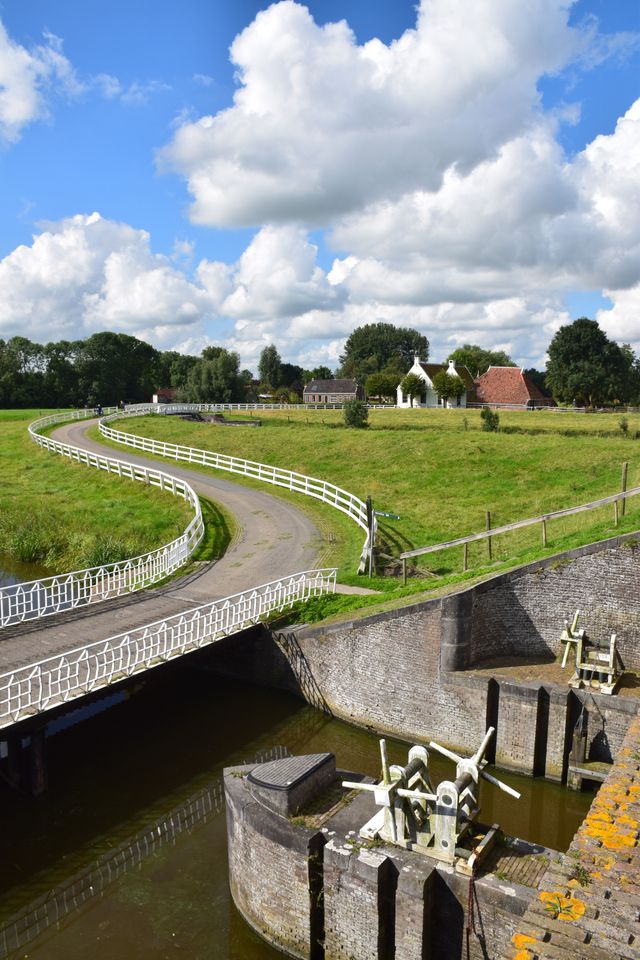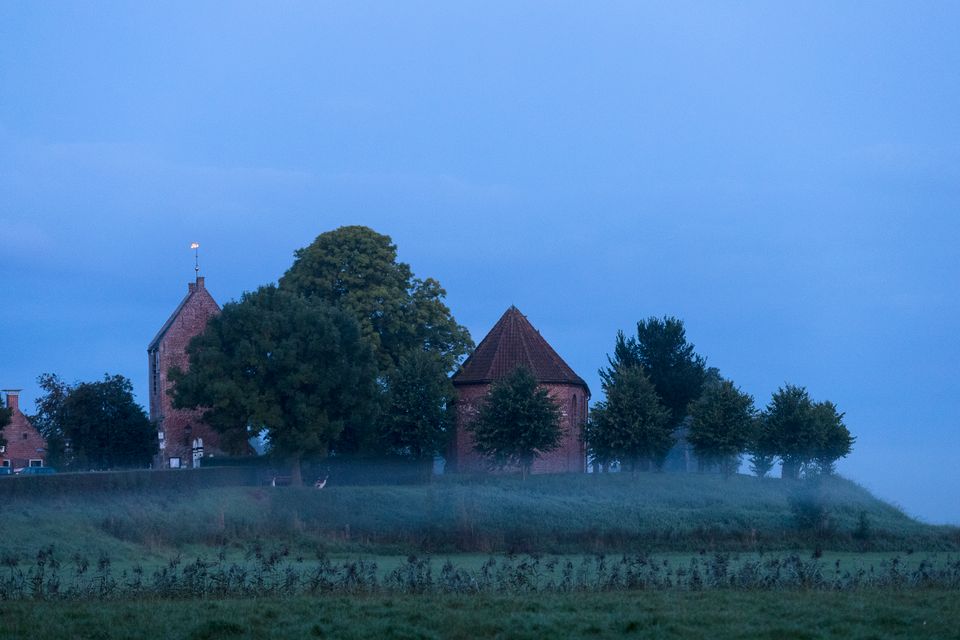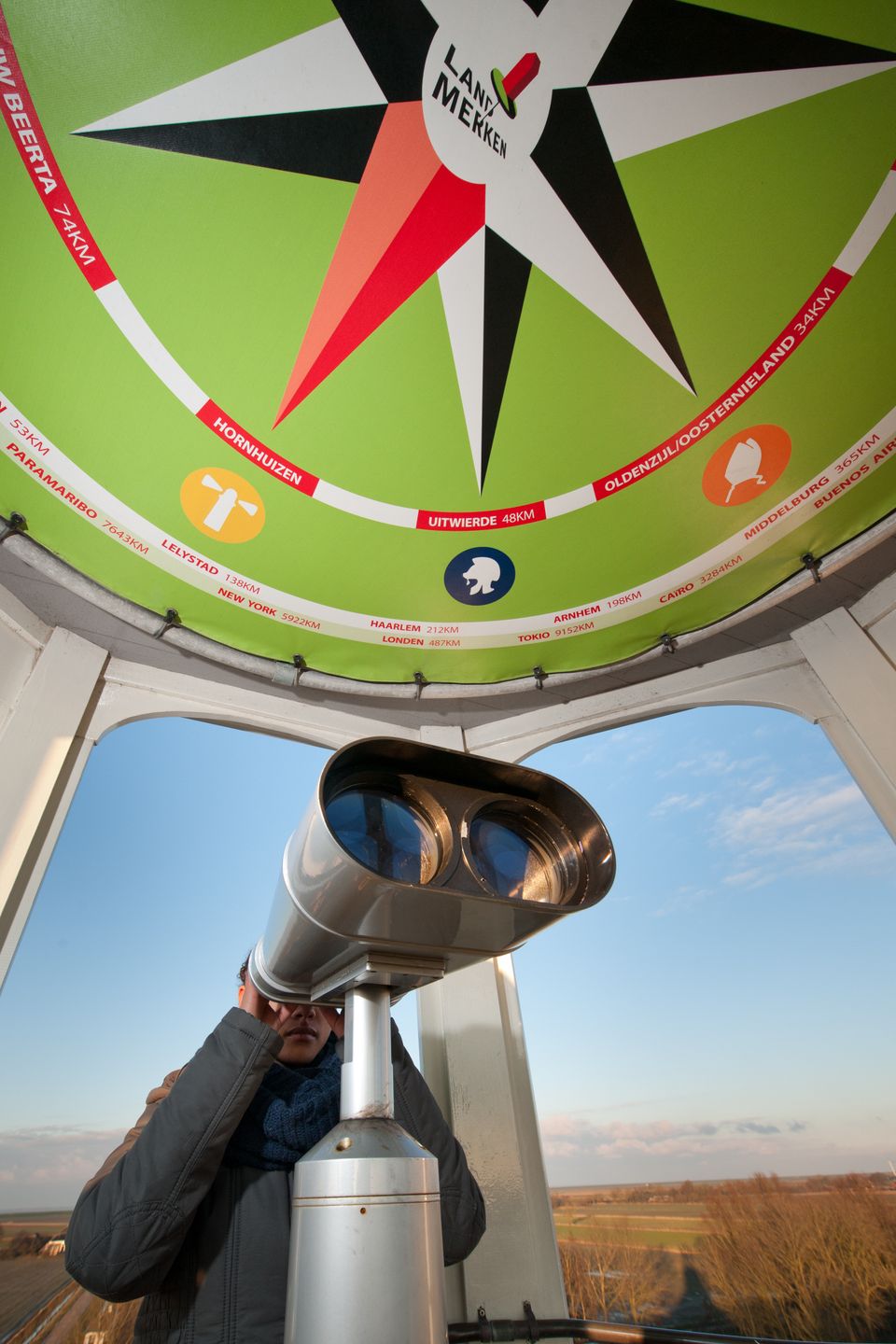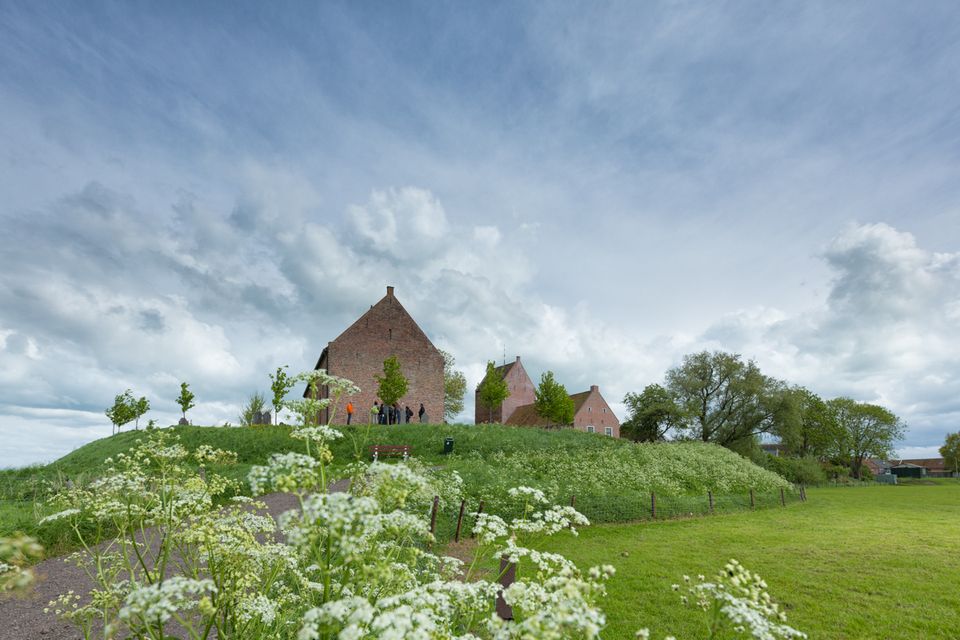Dutch mountains
The first Dutch Delta Design. The terps and mounds show how the first inhabitants of the Wadden coast protected themselves against the sea. Not far to climb for a peak experience.
Climb a mound
Most people think about an area that was submerged during high tide when they think about the terp and mound area. A sad fate for the inhabitants who had to seek refuge on the mounds every time the tide came in. But in reality life on the fertile clay lands was very good. The coastal residents kept livestock and grew vegetables and grains on the higher parts of their mounds. The pastures flooded from time to time but no more than a few times each year.
Mounds that vanished
After construction of the dikes the mounds remained. But floods affected the landscape and villages all but disappeared. These now often remain as lovely spots where time seems to have stood still. From the middle of the 19th century the landscape faced rigorous destruction. The soil on the mounds was very fertile and could be used as fertiliser for the infertile sand soil. Many mounds were dug away. By the time chemical fertiliser was invented it was already too late for most of the hill dwellings and mounds. This makes the mounds you can still visit today, such as Godlinze and Spijk, all the more special.
Excavations
Do you want to know more? Museum Wierdenland in Ezinge [www.wierdenland.nl] tells the story of the landscape’s origin and the excavation. The village became famous through the work of archaeologist Albert van Giffen who conducted extensive research during the excavation of the mound. During the1920s and 1930s he was the first to uncover the structure of a village throughout the centuries.
Or visit ‘Terpen- en wierdenland, een verhaal in ontwikkeling', where you can learn about the complete archaeological and geographical history of three mound villages: Ulrum, Warffum and Godlinze.
-
Water Heritage
Water Heritage

-
Wadden Coast Groningen
Wadden Coast Groningen



